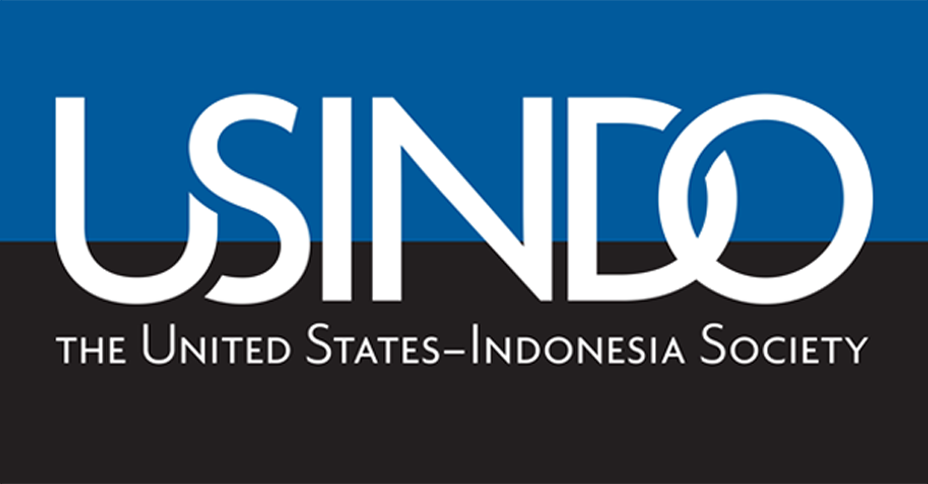The Art of the Qur’an: Treasures from the Museum of Turkish and Islamic Arts
Exhibition open throughout December 2016
In recognition of one of the world’s extraordinary collections of Qur’ans, the Sackler is hosting a landmark exhibition, the first of its kind in the United States. Some fifty of the most sumptuous manuscripts from Herat to Istanbul will be featured in The Art of the Qur’an: Treasures from the Museum of Turkish and Islamic Arts, opening this fall. Celebrated for their superb calligraphy and lavish illumination, these manuscripts—which range in date from the early eighth to the seventeenth century—are critical to the history of the arts of the book. They were once the prized possessions of Ottoman sultans and the ruling elite, who donated their Qur’ans to various institutions to express their personal piety and secure political power. Each manuscript tells a unique story, which will be explored in this once-in-a-lifetime exhibition.
The Art of the Qur’an, the first major exhibition on Islam’s holy text in the United States, tells the story of a group of extraordinary works. Many of these manuscripts are kept in Istanbul in the Museum of Turkish and Islamic Arts (Türk ve İslam Eserleri Müzesi), home to one of the most outstanding collections of Qur’ans in the world. Ranging in date from the late seventh century to the early seventeenth century, most of the volumes have never been shown outside of Turkey.
The term Qur’an is derived from the verb qara’a, Arabic for “recitation” or “reading (aloud),” which underlines its fundamental nature as an oral tradition. According to Muslim belief, the Prophet Muhammad received the Word of God through the Archangel Gabriel beginning in the year 610. The successive revelations were both memorized and transcribed during Muhammad’s lifetime. Within a few decades of his death in 632, the Prophet’s followers fully transformed the Qur’an from orally transmitted words into a fixed written text.
Scribes and copyists were then faced with the challenge of lending visual form to the meaning and content of the Word of God. The result was the birth and subsequent development of Arabic calligraphy—beautiful writing. As Islam discourages figural imagery within a religious context, variations of abstract, geometric, and vegetal designs became the main form of decoration.
In the following centuries, Ottoman sultans, queens, and viziers acquired numerous Qur’ans through purchase, gift, or war booty. They endowed these cherished works to public and religious institutions to express personal piety and power and to secure prestige. Most importantly, their gesture ensured the continuous dissemination of the Qur’an’s divine blessings (baraka) among believers.
To register for an upcoming tour, please visit: https://www.asia.si.edu/exhibitions/current/art-of-the-quran/events.php
